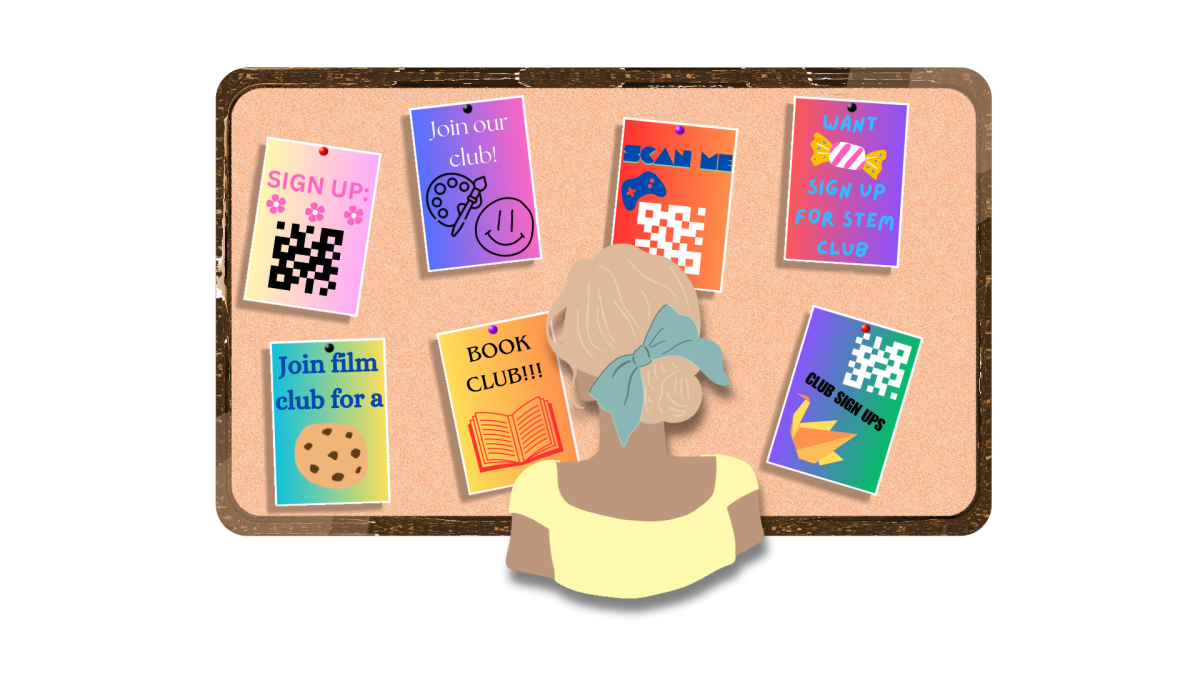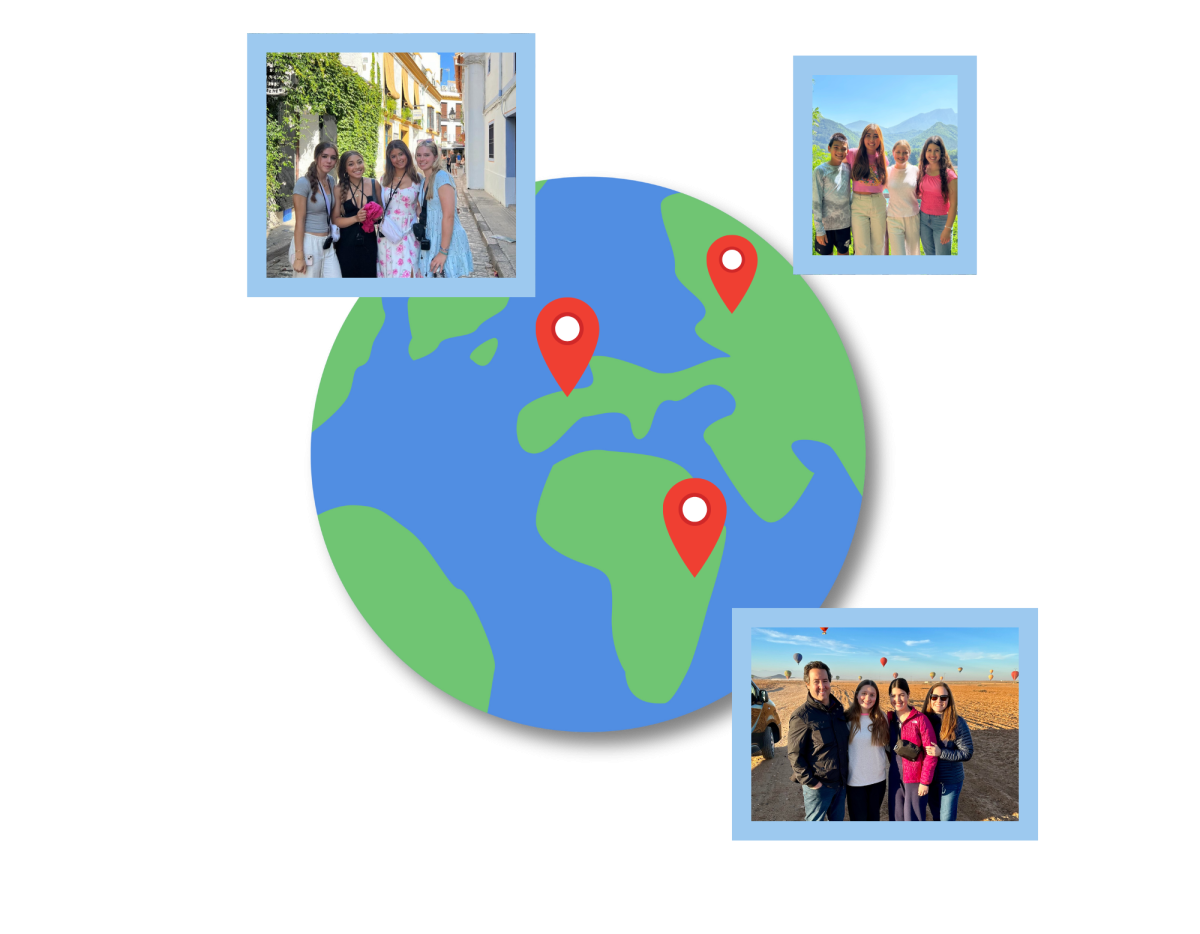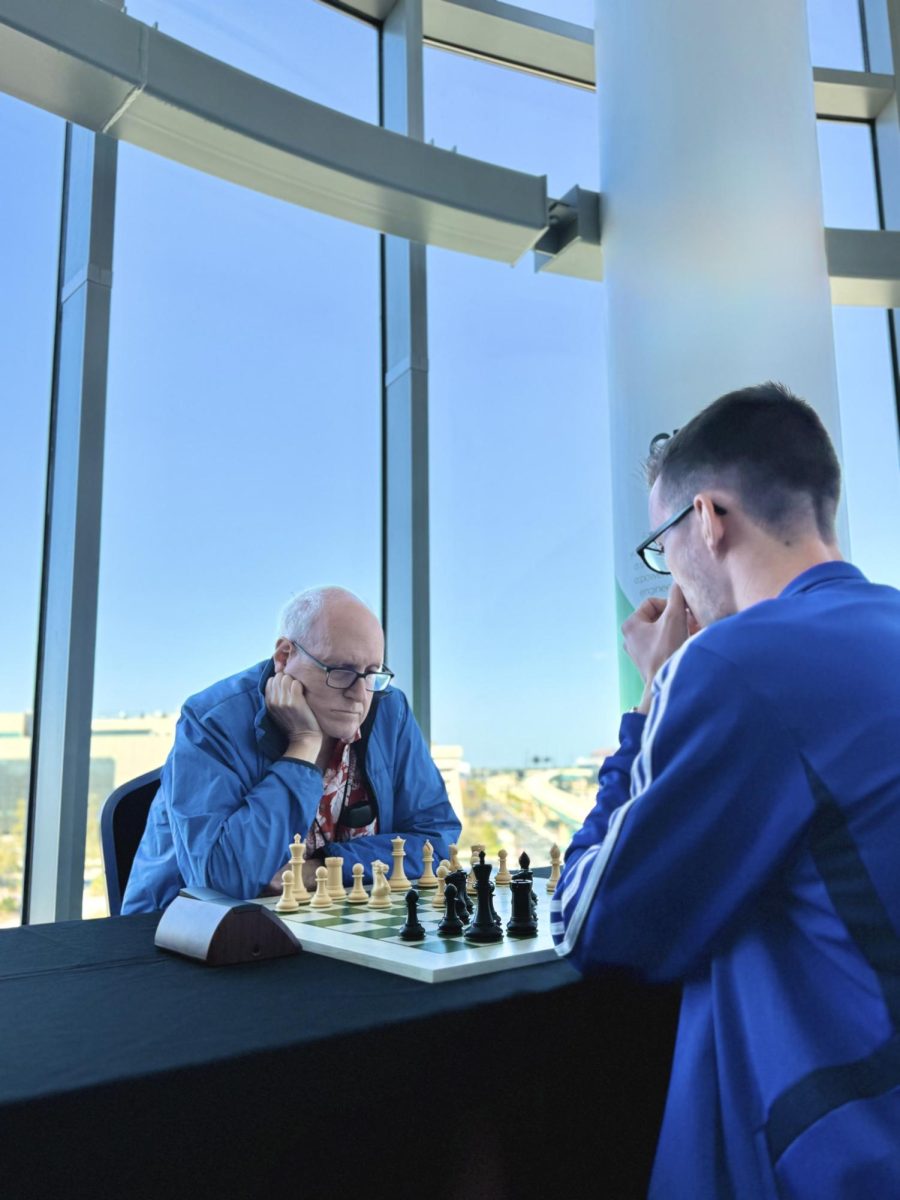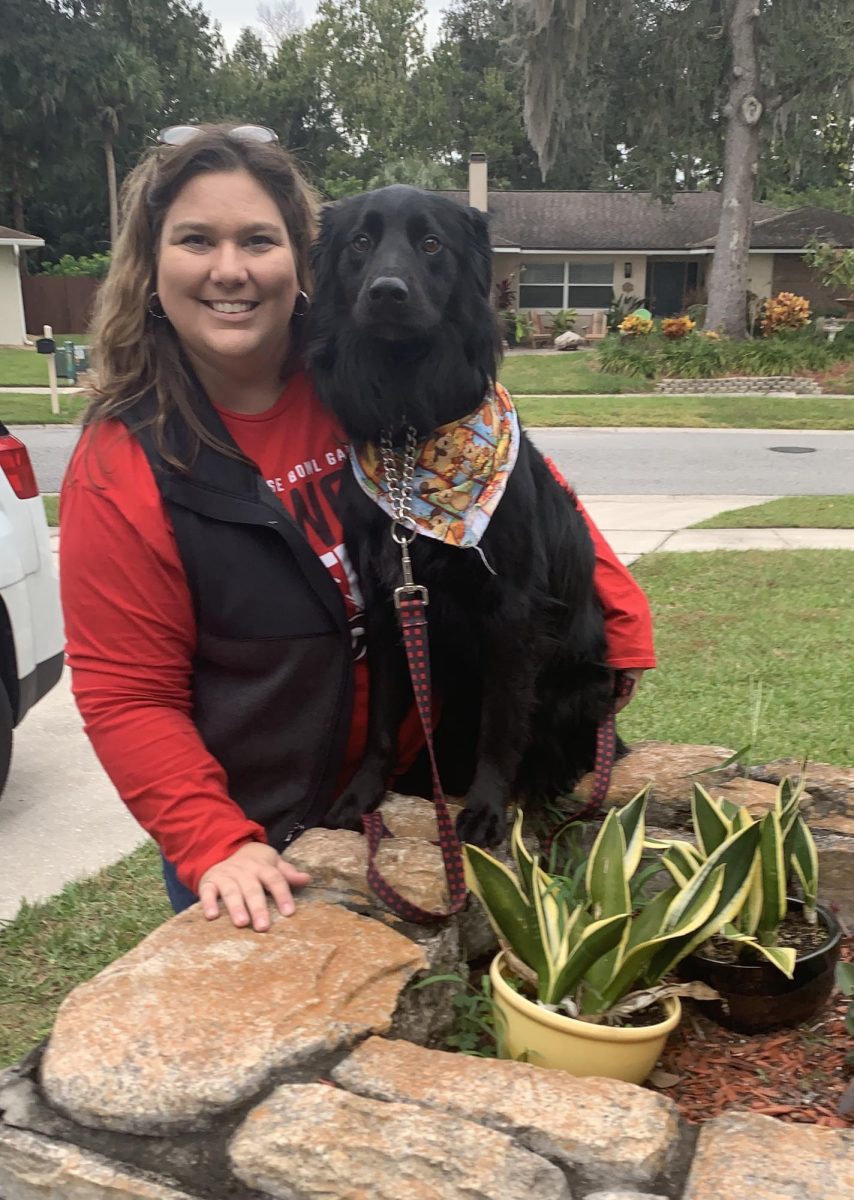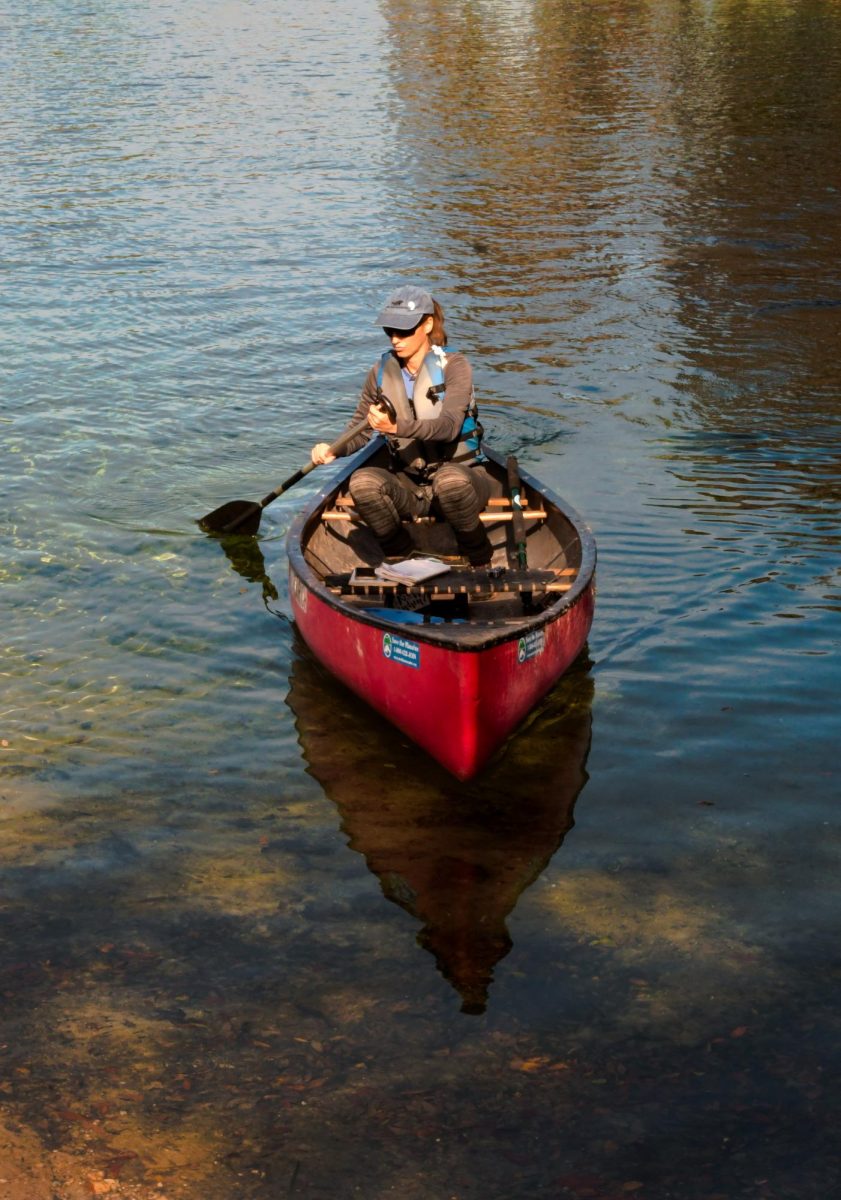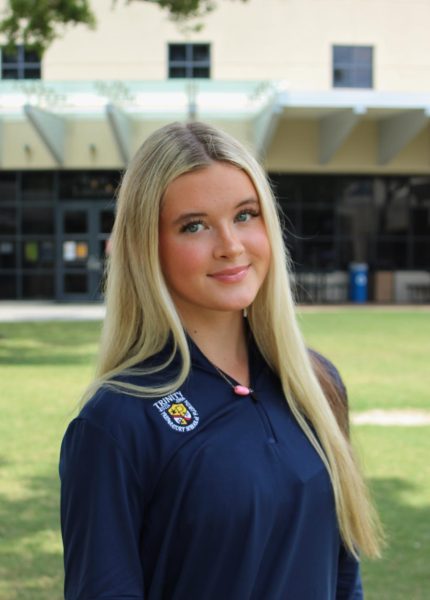Investing, fashion, origami, dance — there’s a club for that. Decades ago, schools dictated the kinds of clubs that were available for students to join. Most every school had the usual set: math club, chess club and Key Club to name a few. Now, schools — from middle schools to universities — are seeing a whole new range of student-created clubs that cover even the most niche interests.
The new variety can be seen clearly in college clubs. Cornell University boasts over 1000 student-led clubs, including some unusual ones like the Squirrel Watchers Club and even the Squirrel Watchers Watchers Club. Noted for its student involvement, The Ohio State University has over 1400 student-led clubs and organizations, offering everything from a breakdancing club to a cats and crafts club.
Trinity has 56 upper school clubs, which is impressive given the relatively small student population. The school has encouraged its students to further their passions through clubs and makes it easy for them to start one. Senior Yussuf Chakfe has noticed that Trinity’s variety of club offerings has grown over his five years at Trinity.
“There’s definitely a lot more clubs,” Chakfe said. “I think that’s a good thing. There’s also clubs that I wouldn’t expect to exist, which I think is cool, like their concept is a little more niche. So I think that garners more and caters more to everyone.”
Many students have started their own club to pursue their special interests and passions. Junior Jack Borgman co-founded the Game Development Club when he realized that one did not already exist.
“[My co-founder and I] just saw that there wasn’t really a club towards game development, which is an interest that we both share,” Borgman said. “There was a general programming club that was more for tutoring and that sort of stuff. So ours is more of a niche that we just enjoy a lot.”
Students are also using the opportunity to create clubs that have personal meaning to them.
“I’m just going to use the autoimmune club as an example,” Chakfe said. “My sister has an autoimmune disease, which is not extremely common. So I wouldn’t expect that to be a club, but that is a club. So I just feel like everyone can find a club that relates to them or that’s meaningful to them.”
Director of Student Activities Sebastiaan Blickman is impressed by the service and giving aspect of some of Trinity’s new clubs.
“The one that I’m most impressed with or excited about is the Happiness Project,” Blickman said. “[The founder’s] goal is to spread happiness, and I didn’t really know how that was going to work, but the way the club runs is really, really tight and fun. And then I would also say the middle school mentorship is really great. They work really closely with Ms. Smith to try to develop mentors for the middle school.”
Clubs are even expanding beyond academic and community service themes. Several students have started non-academic clubs to bond over a fun activity. One such club is Chakfe’s Biking Club, which he started with his friends.
“Biking club gives me an excuse to bike more and bike with my friends and just share biking with everyone,” Chakfe said.
The creation of so many new clubs does result in some overlap. Another downside to having a lot of clubs is that they have to compete with one another for members and program coverage. Senior Adi Burgos has encountered some new challenges as the president of Key Club.
“It’s a little bit frustrating to try and plan events when there’s so many clubs happening, because it takes away opportunities from pre-established clubs,” Burgos said. “The voter registration drive used to be something Key Club would do, but now there’s a voter club that does it.”
Blickman sees both sides and hopes to help students navigate this new landscape of student clubs.
“The rationale is that if there are people who are passionate about an area, to give them the platform to explore that is a win,” Blickman said. “But you’ve got one side that really wants to keep the traditional [and] one side that wants the uniqueness and the opportunity to create their own … We’re trying to explore what’s the best way for clubs to exist for the development of our student leaders and also for our school, community and culture.”
Still, the overall consensus about the increase in club variety seems to be positive. Despite the challenges, Burgos views the creation of clubs as a valuable opportunity for all high schoolers.
“I love that at Trinity, you’re able to do something that you’re passionate about, and if your passion can be furthered by starting a club, then you can go ahead and do it,” Burgos said. “There’s no one holding you back. I think that’s super cool.”




